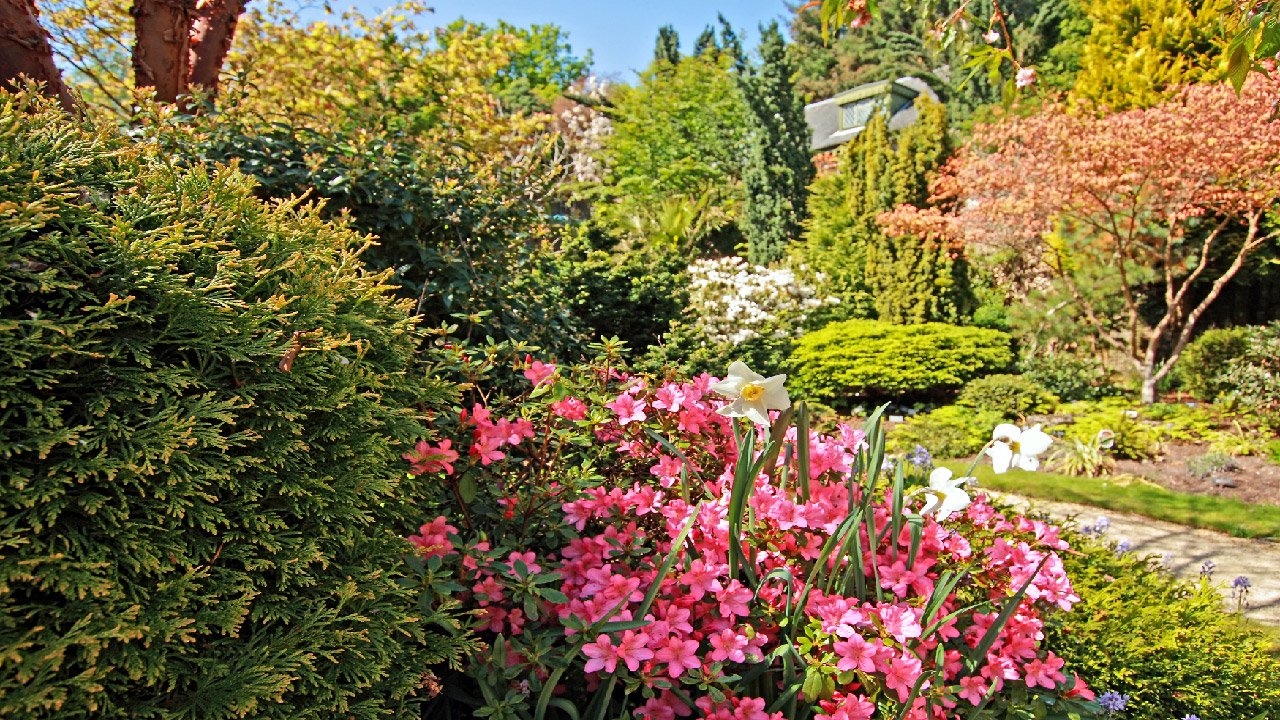How To Set Up Drip Irrigation On A Slope
Mar 30th 2023
Looking to set up an irrigation system on a hillside or slope? Though it may seem more difficult than your average flat irrigation set-up at first glance, it simply requires a bit more consideration. According to Colorado State University, drip irrigation is the most efficient way to water your plants on a slope. And the good news is that drip irrigation works well for both densely populated or sparsely placed plants on slopes or hillsides. If you live on an especially hilly or mountainous landscape, you can still grow vibrant and healthy plants by using the following tips to solve some of the common issues found while irrigating slopes.
Tip #1. Set Up Your Irrigation Lines Laterally Instead of setting your irrigation lines to run up or down-hill, it's important to set them perpendicular to the slope. This way, gravity will have less of an effect on the pressure in your irrigation tubing.
Tip #2. Use a Flush Valve In order to prevent excess water from draining out of your emitters, install a flush valve at the end of your line. It can help to place this in an inconspicuous area to ensure there is good drainage and to hide soil saturation at the end of the line.
Tip #3. Use Pressure Compensating (PC) Drippers PC drippers maintain a steady flow rate within a wide variety of pressures. Even if there is a slight pressure change with the varying elevations, as long as pressure remains within the operating range the PC drippers will continue their constant flow.
Tip #4. Ensure Your Water Source Is Uphill To maintain optimal function of your drip irrigation system, it is much better to use a water source that is at the highest elevation of your slope. This will ensure the system isn't trying to work against gravity. Then, you can easily run your ½" emitter tubing downhill.
Tip #5. Create a ‘watering basin' around each plant. Slopes can easily lead to runoff as the water continuously flows downhill, taking sediment with it. One way to mitigate this is to dig directly into the slope to create a semicircular basin around each of your plants that will collect water instead of letting it run down the slope.
Tip #6. Plant Natives Water requirements may be higher on a slope because the water naturally flows away from the plants. Using native plants that thrive in drier soils is an excellent way to ensure your landscape stays healthy for the years to follow. It's important to consider that even natives may require extra care and dripline irrigation watering as they get established on a slope.
Tip #7. Consider Using Groundcover It is essential to prevent erosion while you are trying to garden on a slope. On slopes with less than a 33% grade, mulching can be an effective groundcover. For steeper slopes, using deep-rooted native grasses is an effective way to prevent erosion. For slopes higher than 50%, retaining walls or terrace gardening can be useful options.

